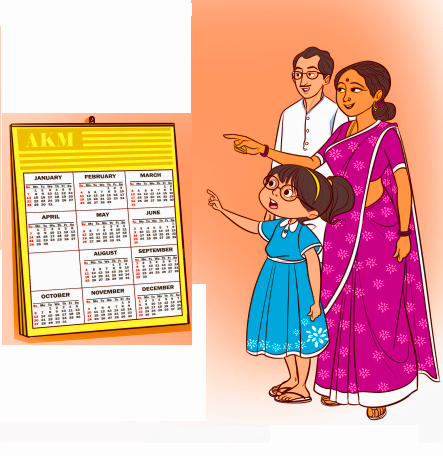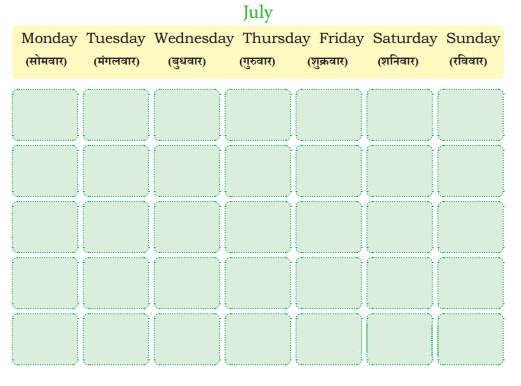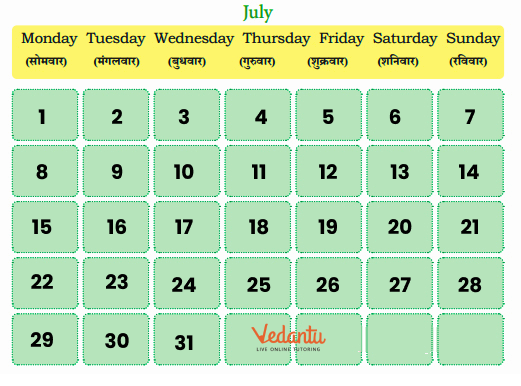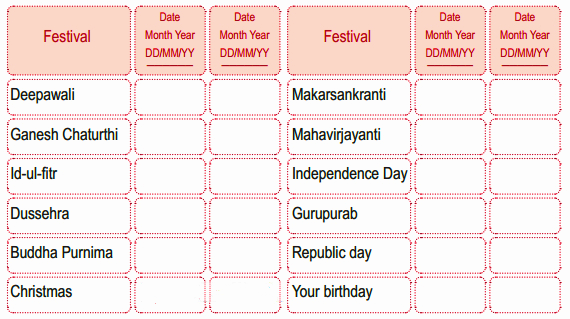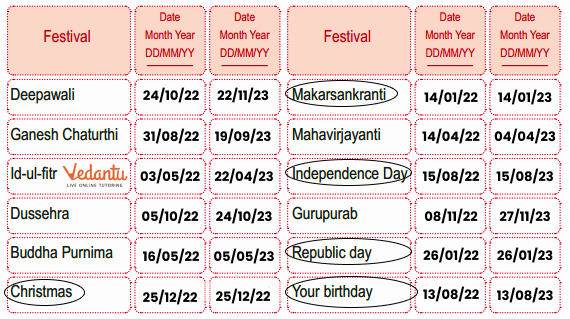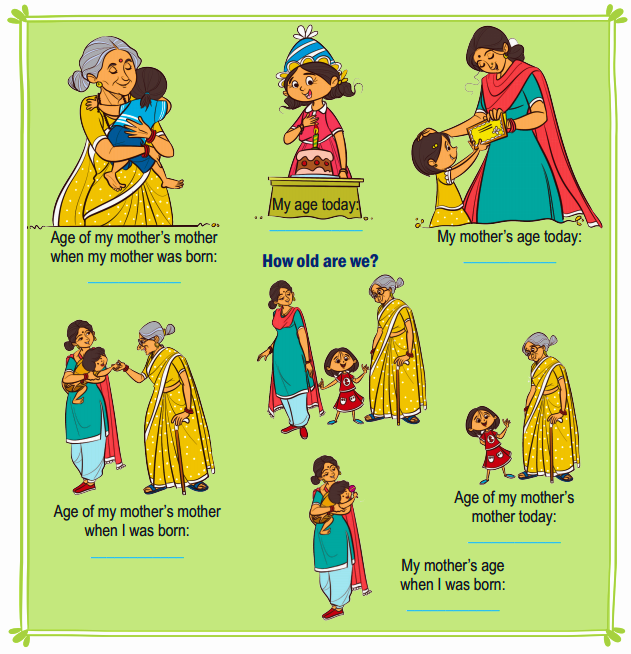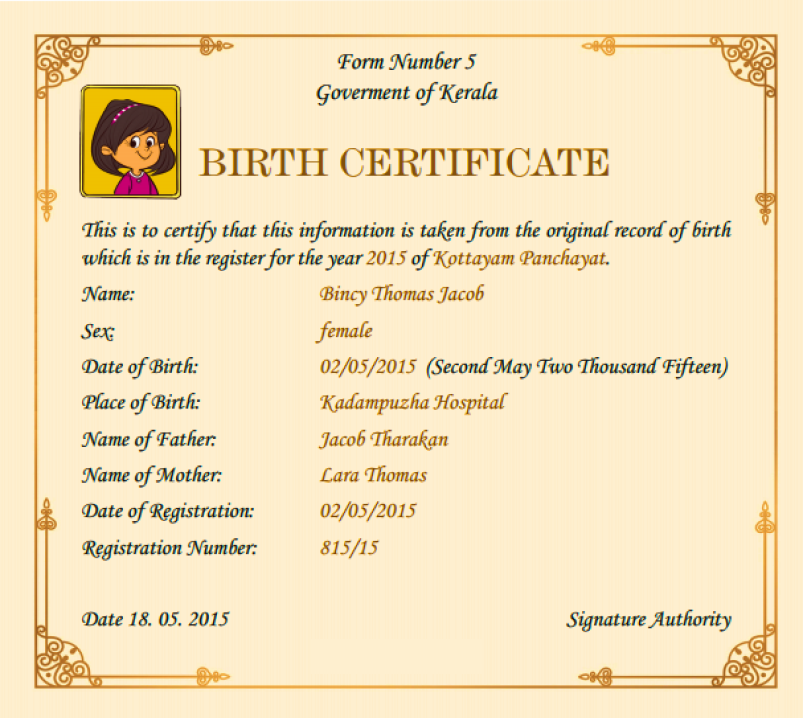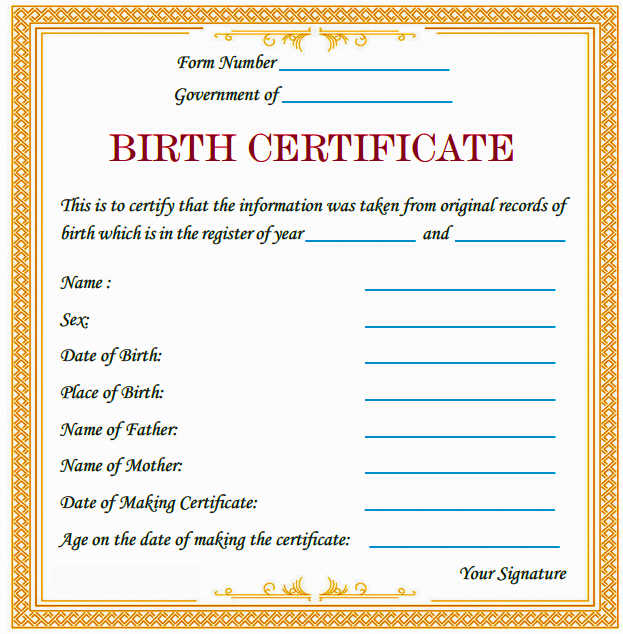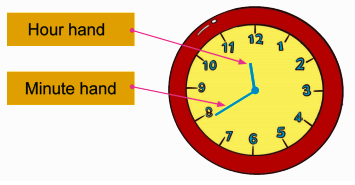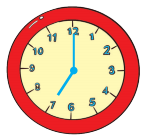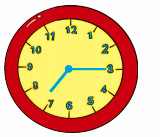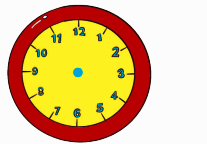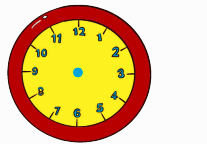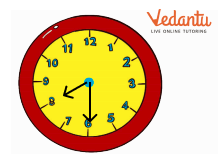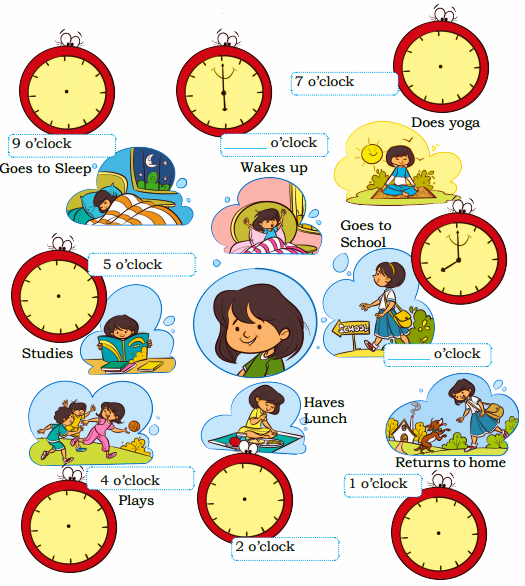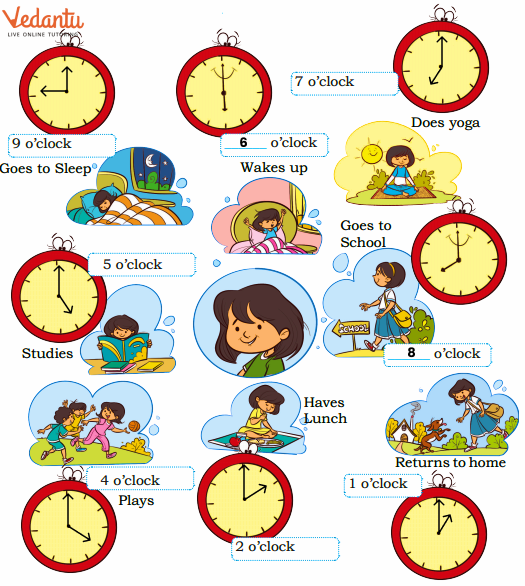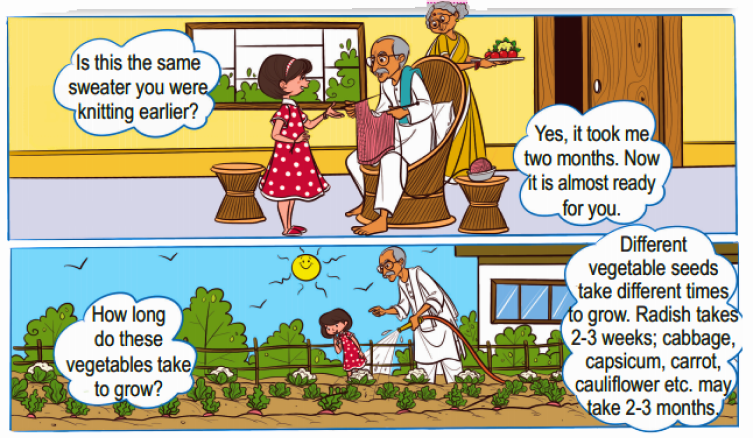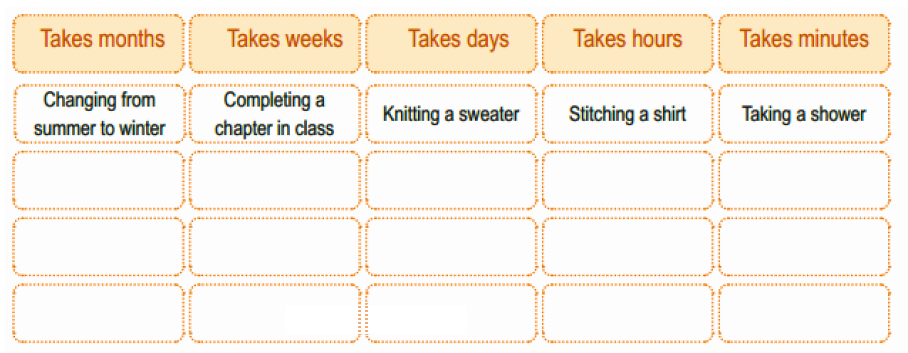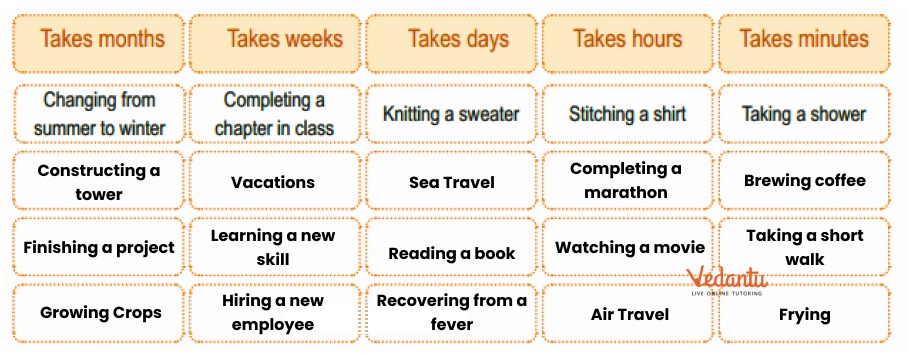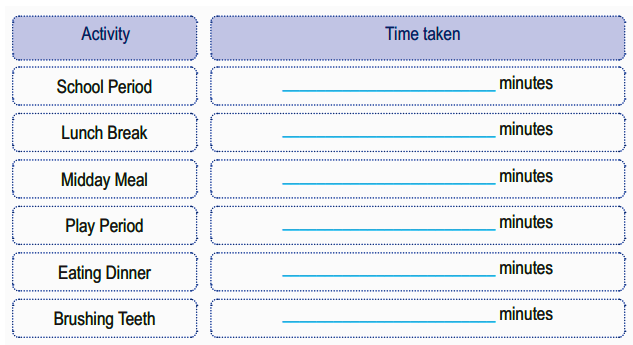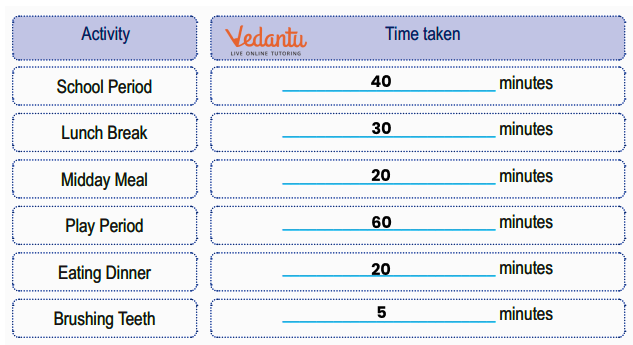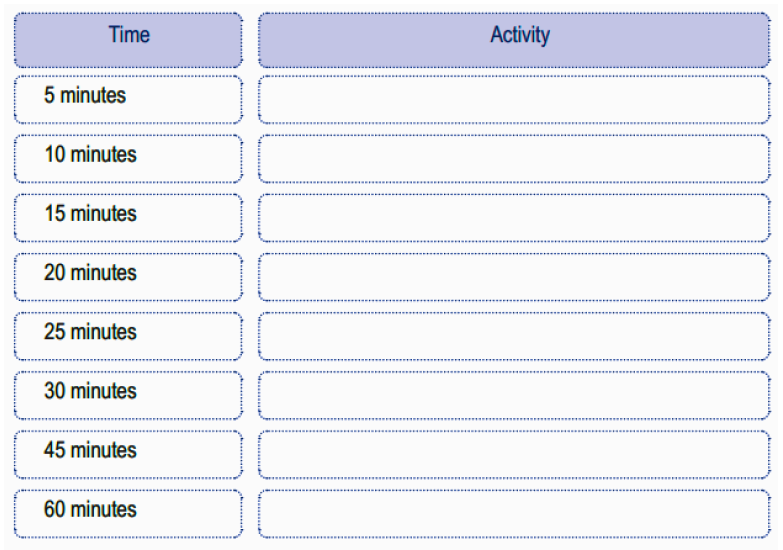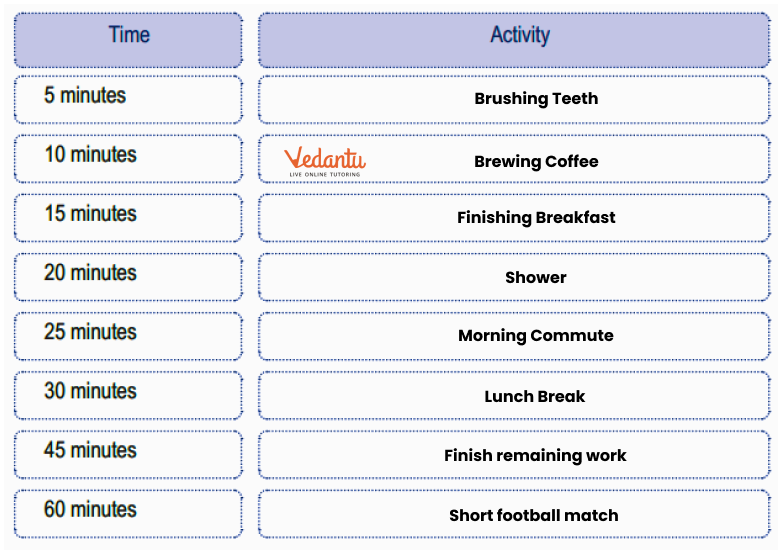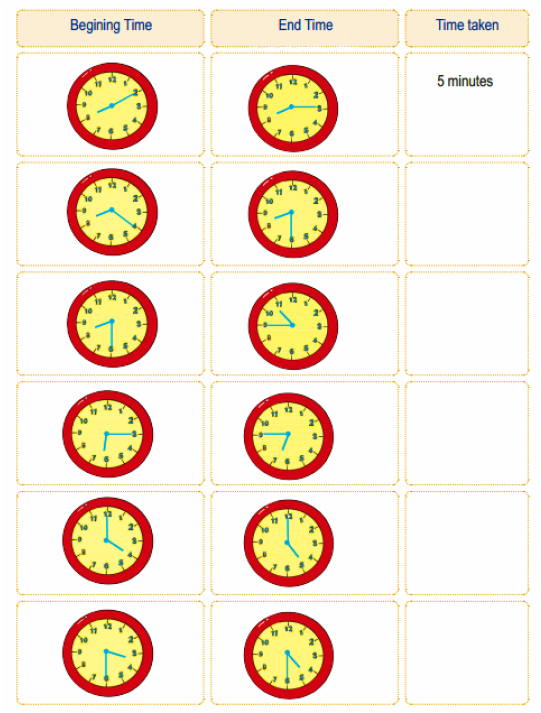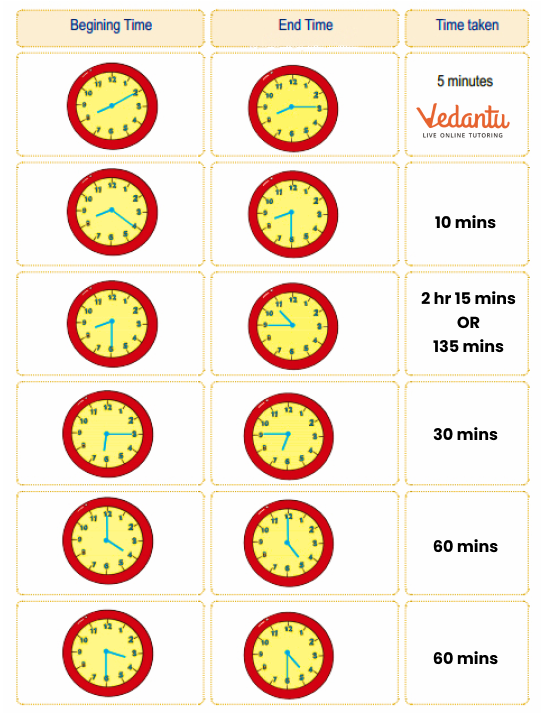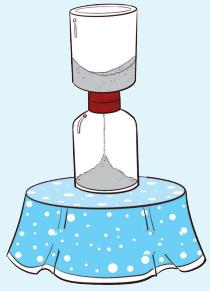NCERT Solutions For Class 3 Maths Chapter 13 Time Goes On - 2025-26
FAQs on NCERT Solutions For Class 3 Maths Chapter 13 Time Goes On - 2025-26
1. What key concepts are solved in the NCERT Solutions for Class 3 Maths Chapter 13, 'Time Goes On'?
The NCERT Solutions for this chapter provide step-by-step methods for solving problems related to the following key concepts from the CBSE 2025-26 syllabus:
- Reading time accurately on an analog clock.
- Using a calendar to identify dates, days, and months.
- Calculating simple time intervals and durations of activities.
- Sequencing events and understanding daily routines in relation to time.
2. How do the NCERT Solutions for Class 3 Maths Chapter 13 help in mastering the topic of time?
These solutions offer detailed, easy-to-follow explanations for every exercise in the NCERT textbook. They clarify the correct method to solve problems, such as reading a clock or interpreting a calendar, which helps students verify their answers and build a strong conceptual foundation.
3. What types of questions are addressed in the NCERT Solutions for 'Time Goes On'?
The solutions cover all the varied question formats from the textbook, including solving word problems based on a calendar, matching analog clocks with the correct time, filling in blanks about time duration, and answering questions based on personal timelines and daily activity schedules.
4. What is a common mistake students make when reading a clock, and how do the NCERT Solutions help prevent it?
A very common mistake is confusing the hour hand (short hand) and the minute hand (long hand). The NCERT Solutions address this by repeatedly illustrating and explaining their distinct functions in solved examples. This consistent practice helps students to correctly identify and read the time shown on a clock.
5. How do the NCERT Solutions explain solving problems related to a birth certificate or a calendar?
The solutions demonstrate the step-by-step method for extracting specific information from visuals like a birth certificate or a calendar. They show exactly how to find a person's age from their birth date or determine the day of the week for a given date, breaking down the process into simple, understandable steps.
6. Why is understanding a timeline important, as shown in the solved problems of Chapter 13?
Understanding a timeline is crucial for learning to sequence events chronologically. The NCERT Solutions for 'Time Goes On' solve exercises that require arranging events in the correct order. This builds a foundational skill for understanding history, personal growth, and the logical flow of time.
7. What is the correct method taught in the NCERT Solutions for calculating the duration of an activity?
The solutions teach a simple counting-forward or subtraction method. For an activity that starts at 10:00 a.m. and ends at 10:45 a.m., the solutions show how to correctly count the minutes that have passed (45 minutes) to find the total duration. This step-by-step approach simplifies solving time-interval problems.
8. Beyond just providing answers, how do the solutions for 'Time Goes On' build a deeper understanding of time?
These solutions build a deeper understanding by connecting abstract concepts to a child's daily life. They solve practical problems about daily routines, like the time taken to eat breakfast or travel to school. This approach helps students see the real-world application of time measurement, making the concept more intuitive and memorable.

























